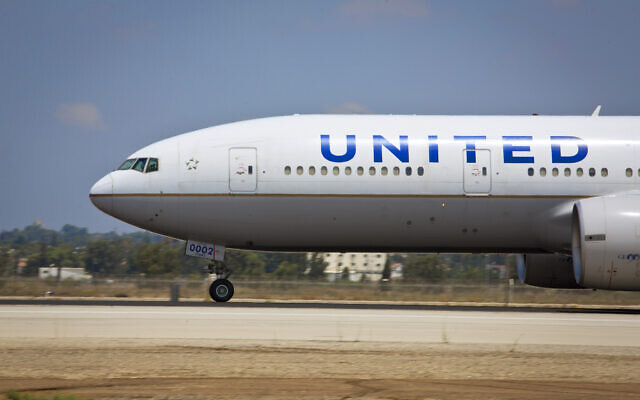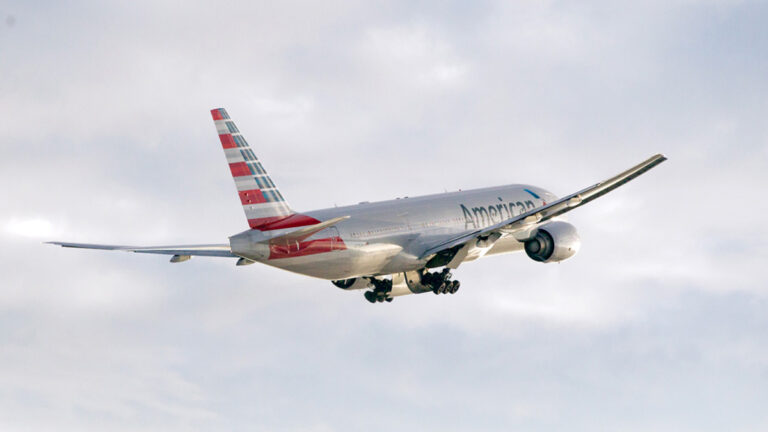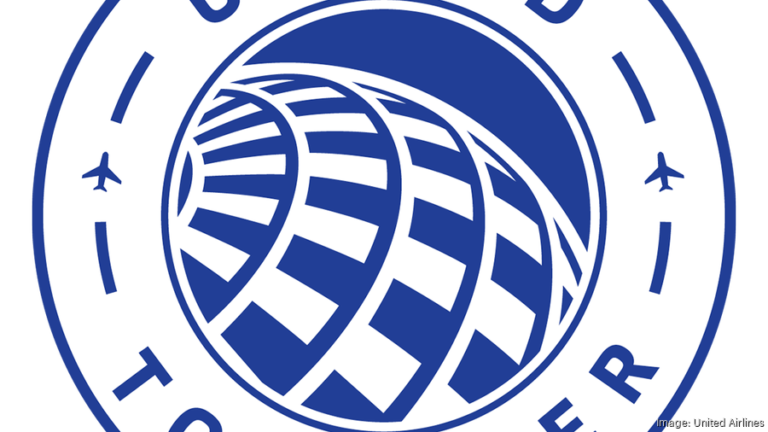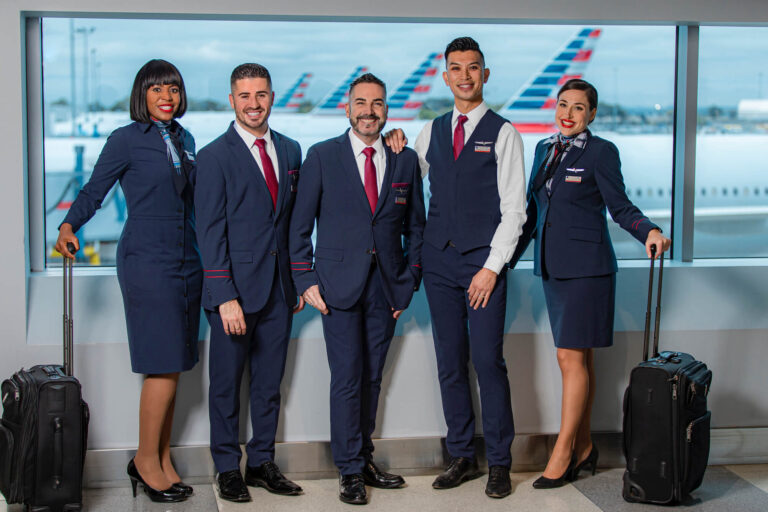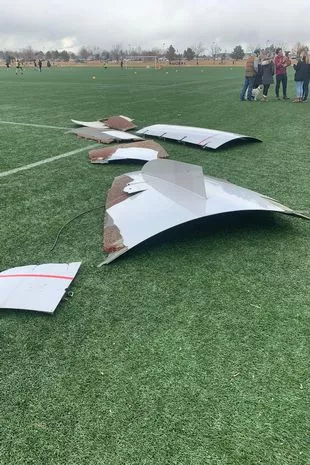United’s new policies will improve the entire industry
United Airlines, in response to the reaction to the Flight 3411 incident, has come up with a plan to make sure it never happens again. Some of its new procedures were previously announced, such as not using law enforcement to remove passengers from planes except in cases of safety. However, many are new and important changes that should be copied by Delta, American and indeed all airlines.
Key here is empowering the airlines’ employees to take whatever action necessary to help passengers who must be involuntarily bumped. This includes putting them on another airline’s flight, which United should have done to begin with; there was a 9 p.m. Southwest flight from Chicago to Louisville on the fateful evening in question that might have had one seat for Dr. Dao, or there was an 8:50 p.m. flight to nearby Lexington, Ky., on United from O’Hare. But none of these solutions were explored, or if they were, they were not addressed in United’s original explanations about what happened. (United spokesman Jonathan Guerin told me that this would have made a lot of sense. “When I fly non-revenue, I always look at alternate airports,” he said. Perhaps under the old rules, gate agents weren’t allowed to use other airports or airlines.)What’s good here:
The airline for the first time spells out exactly how they choose passengers to be involuntarily bumped. I don’t believe any airline has done this so specifically. Consumers now know how to better protect themselves.
TRAVEL
United’s new policies will improve the entire industry
George HobicaAirfarewatchdog.com
United Airlines, in response to the reaction to the Flight 3411 incident, has come up with a plan to make sure it never happens again. Some of its new procedures were previously announced, such as not using law enforcement to remove passengers from planes except in cases of safety. However, many are new and important changes that should be copied by Delta, American and indeed all airlines.
Key here is empowering the airlines’ employees to take whatever action necessary to help passengers who must be involuntarily bumped. This includes putting them on another airline’s flight, which United should have done to begin with; there was a 9 p.m. Southwest flight from Chicago to Louisville on the fateful evening in question that might have had one seat for Dr. Dao, or there was an 8:50 p.m. flight to nearby Lexington, Ky., on United from O’Hare. But none of these solutions were explored, or if they were, they were not addressed in United’s original explanations about what happened. (United spokesman Jonathan Guerin told me that this would have made a lot of sense. “When I fly non-revenue, I always look at alternate airports,” he said. Perhaps under the old rules, gate agents weren’t allowed to use other airports or airlines.)
United Airlines pledges new protections for fliers in wake of passenger-dragging incident
United Airlines is making these 10 customer-service policy changes
What’s good here:
The airline for the first time spells out exactly how they choose passengers to be involuntarily bumped. I don’t believe any airline has done this so specifically. Consumers now know how to better protect themselves.
Passengers without a seat assignment get bumped first, followed by fare class and estimated fare paid, followed by time of check-in, followed by frequent-flier status. Those with special needs do not get bumped.
It increases maximum compensation for voluntary bumps to $10,000 which should make involuntarily bumps extremely rare, although there will always be passengers who will not miss a wedding or funeral even for $10,000. (Maximum payment for involuntary bumps is regulated by the DOT and remains the same). Delta has also boosted its maximum amount to $10,000.
